Global Report: Meet The Tomboys Of Thailand
They date girls, present themselves as boys and identify as women - but reject the term 'lesbian' altogether. Corinne Redfern reports on South East Asia's most surprising subculture
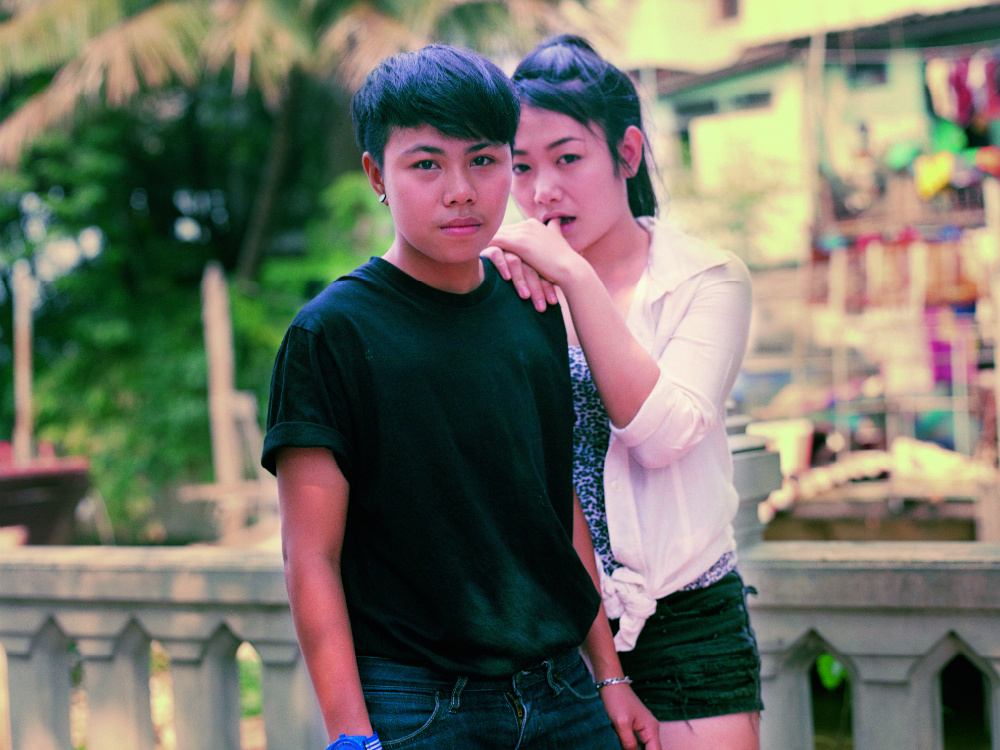
They date girls, present themselves as boys and identify as women - but reject the term 'lesbian' altogether. Corinne Redfern reports on South East Asia's most surprising subculture
Wacharakorn Laosap, aged 23, and girlfriend Sasipa Jaijunla, 25
Standing at the bathroom sink, Jump Ruksakiati washes her hands and stares absentmindedly at her reflection. That moisturiser she's been using is working, she thinks. Maybe tonight she'll use a face mask too. On the other side of the room, the door squeaks open and a smartly dressed woman appears, laden with shopping bags. She catches sight of Jump and does a double take. 'Sorry,' she stutters, turning back towards the door to check the sign on the front. 'I thought this was the ladies... Oh!' Confused, she hovers there, uncertain of what to do next. Jump bursts into giggles and quickly ushers her in.
'It happens all the time,' the graphic designer tells me later. 'Everybody thinks I'm a boy. But I don't mind, I just think it's funny. I love the way I dress. My grandfather was a tailor who custom-made men's suits, so I got a lot of ideas from him, and if you look in my wardrobe these days, you'll only see shirts and trousers in navy, black, brown and white. There are some accessories, like a scarf and a cap, but that's it.'
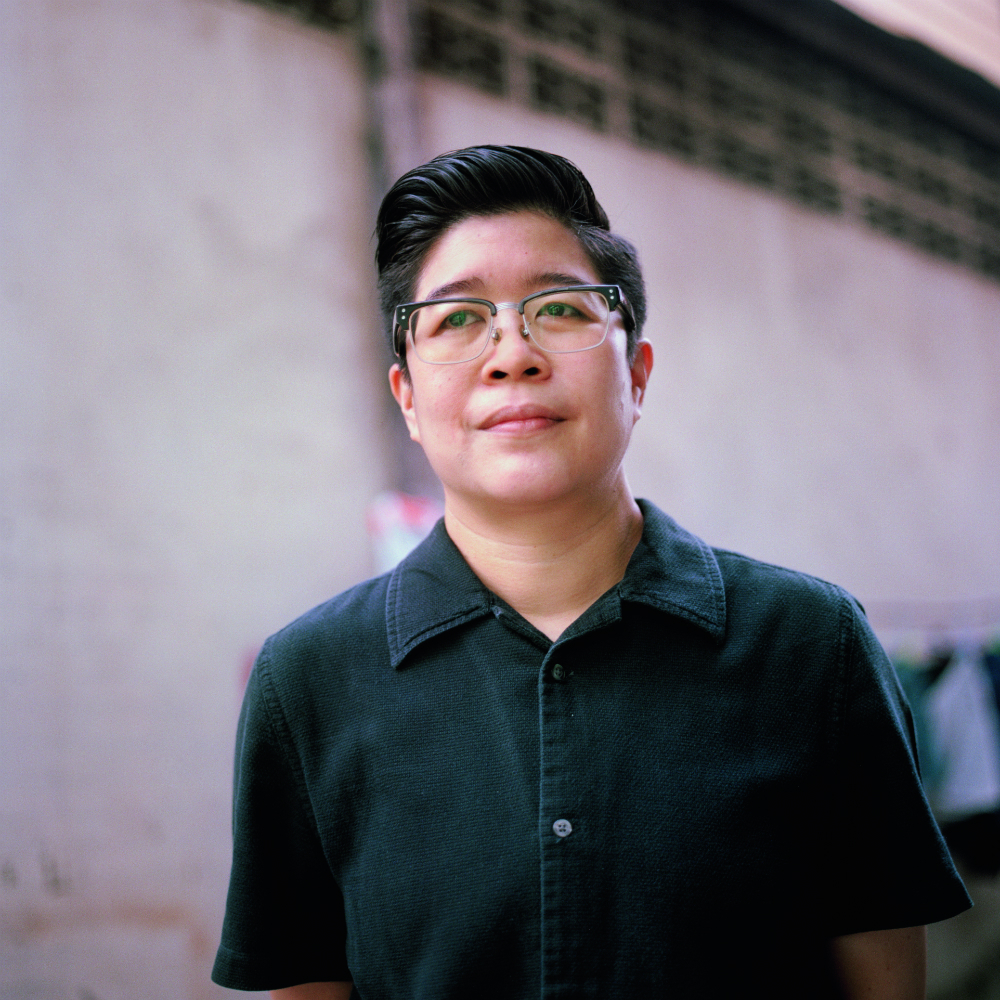
Jump Ruksakiati, 46, says her family are now learning to accept her for who she is
As part of Thailand's LGBTQ subculture of 'tomboys', Jump, 46, identifies as female, but consciously expresses herself as a heterosexual man - dating an ultra-feminine woman known as a 'dee' (derived from 'lady'), and adopting stereotypically alpha-male behaviours. In this case, that means dressing 'like a man', standing 'like a man', talking 'like a man' and even protecting her girlfriend, Kelly, like one too.
'I do like to be gentlemanly,' she explains, adding that only 'long-haired women who date other long-haired women' are considered lesbians - and they often experience discrimination as a result. 'People don't call me a lesbian. There used to be a lot of negativity around that word. Nowadays, I think it's OK to be a lesbian, but I'd still be annoyed if somebody called me that. I don't particularly like labels.'
Marie Claire Newsletter
Celebrity news, beauty, fashion advice, and fascinating features, delivered straight to your inbox!

Praimpat Trakulchokesatiean, aged 30, with her 'dee' Siriluck Srijinda, 29
In the past, women in Thailand who were attracted to other women were simply considered 'men', and so the term 'tomboy' was adopted in the 70s to solve the problem of how to describe them. And while there are parallels between the culture of 'ladyboys' or 'kathoeys', they're surface-level: tomboys aren't transgender, and don't identify as men.
Nevertheless, the concept of tomboys is still controversial. On the one hand, women (and men) should absolutely be able to express themselves and their sexuality however they want to. On the other, they’re adopting an unflinchingly heterosexual and rigid approach to relationships, where one party must present themselves as ‘male’ and dominant and the other ‘female’ and submissive.
In January, the Thai Constitution Drafting Committee announced plans to officially recognise the ‘third gender’ in future legislation, and Buddhism actively encourages the population to love one another, regardless of gender identity or sexuality.
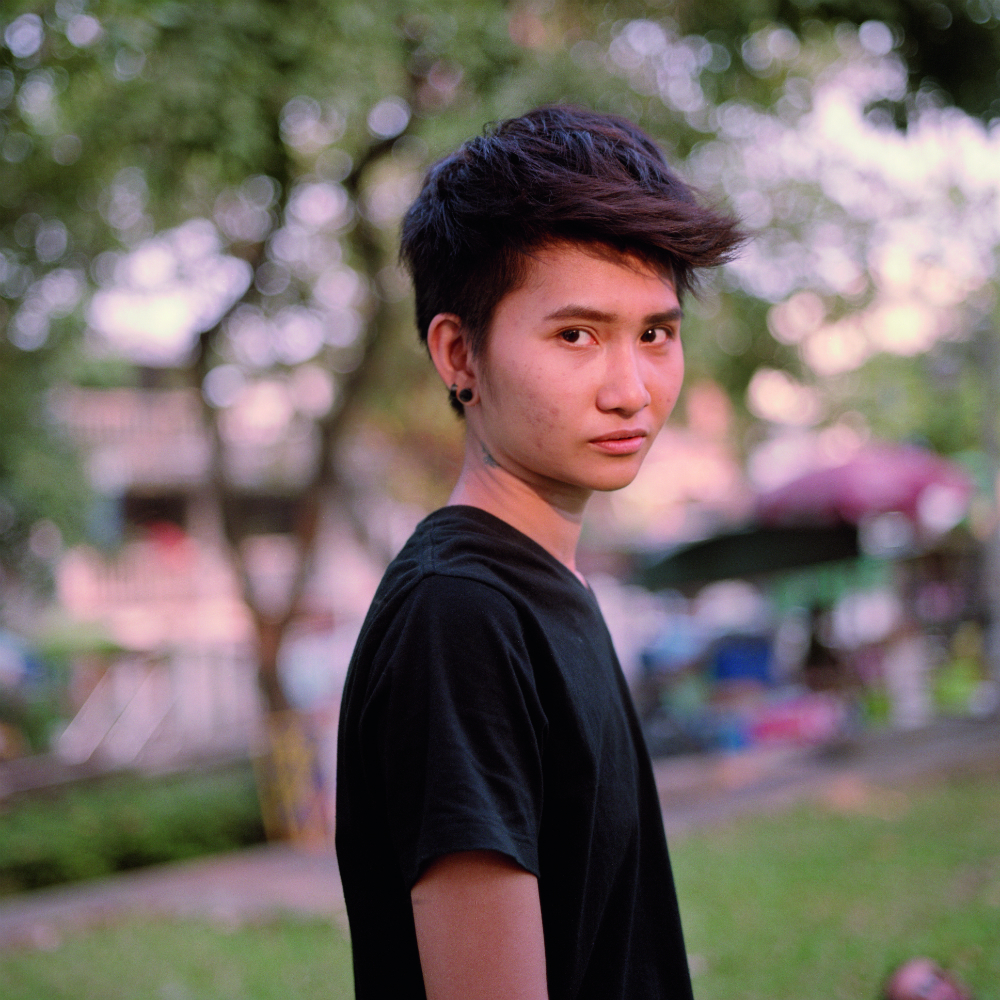
Usance Supapoom, 25
It sounds progressive, but unfortunately discrimination is still very much a factor at play. In 2009, a Pride parade in Chiang Mai was violently interrupted by protesters who held lesbian, gay and transgender activists captive and threatened to beat them up. Police were present, claims Anjana Suvarnananda, activist and founder of Thailand’s first LGBTQ rights organisation, but they just looked on and did nothing. Meanwhile, trans women who are biologically born male can only excuse themselves from military service by declaring ‘mental-health problems’.
Still, Jump thinks things are changing. She lives with her elderly father, who has met her girlfriend and welcomed her into the family. And a few years ago, she made peace with her mother, too. ‘When I was little, my mum couldn’t accept who I was,’ she recalls. ‘She used to be a ballet dancer, so when I was six, she bought me a pink tutu and leotard to try and get me into it. I wanted to cry when I saw it. She wanted me to be “normal”, but she didn’t see that I am normal just the way I am. Our culture says men should be men and women should be women, but I think it’s more important to be a good human being.’ Many people she meets still express a problem with homosexuality, but Jump says it just makes her more determined to prove them wrong.
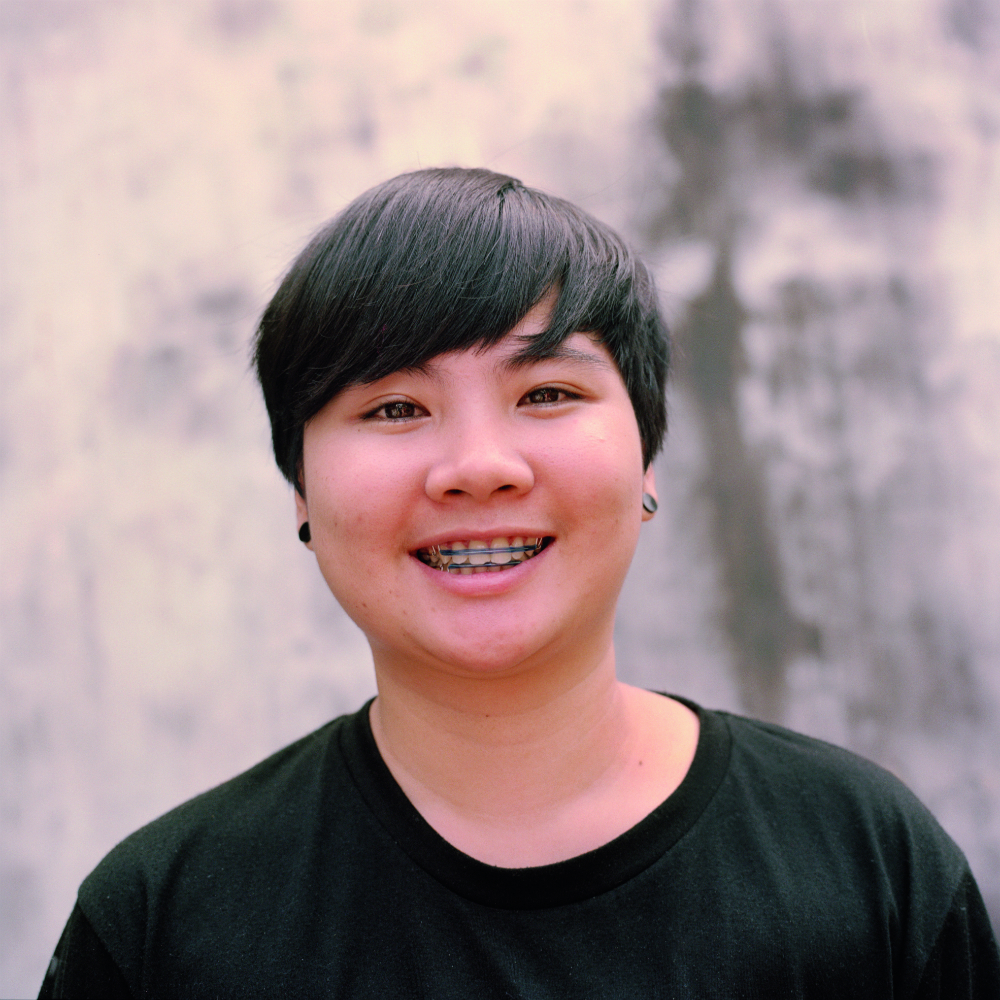
Sopin, 22
Meanwhile, tomboy culture is gaining notoriety across East Asia. @TomAct, a magazine celebrating the lives of Thai women blending gender lines, has a not-so-niche readership of 76,000 – and that’s just on Facebook. More prominent still are the ‘It’ toms, such as Phuwaryne Keenan, Suppanad Jittaleela and Qwaa Phunnutta, who have individually amassed Instagram followings of 376k, 899k and 156k respectively. Bangkok-based filmmaker Katrina Kaufman’s documentary Toms has had 129,000 views to date. ‘There was a really positive response,’ she says. ‘Before making the film, we had thought that “tom” and “dee” were just Thai terms for a butch-femme relationship, but toms and dees really have their own distinct culture. It’s only now that Thai society is becoming more open that toms are beginning to get public recognition.’
But for Jump and her girlfriend, public recognition isn’t important. They just want to be accepted. ‘If people see me as a woman, that’s fine,’ she says. ‘But if they see me as a man, that’s fine, too. People should see inside of each other – what’s on the outside doesn’t matter. We should all just be able to be happy being ourselves.’
All photographs by Muir Vidler
The leading destination for fashion, beauty, shopping and finger-on-the-pulse views on the latest issues. Marie Claire's travel content helps you delight in discovering new destinations around the globe, offering a unique – and sometimes unchartered – travel experience. From new hotel openings to the destinations tipped to take over our travel calendars, this iconic name has it covered.
-
 Spring has finally sprung - 6 best outdoor workouts that are totally free and boost both body and mind
Spring has finally sprung - 6 best outdoor workouts that are totally free and boost both body and mindSoak in the nature and boost Vitamin D *and* endorphins.
By Anna Bartter
-
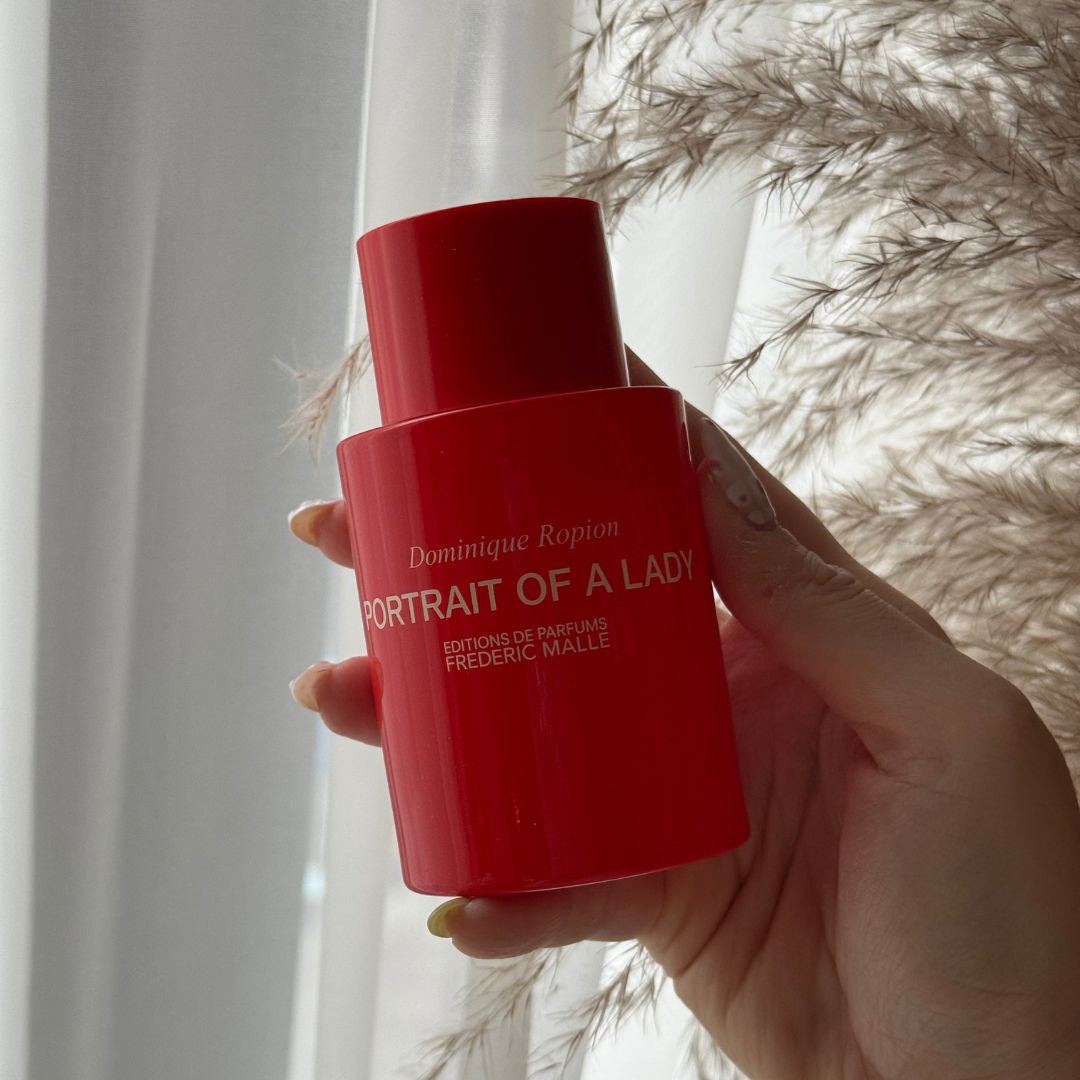 This iconic rose perfume is a compliment magnet—it makes me feel ‘put together’ after just one spritz
This iconic rose perfume is a compliment magnet—it makes me feel ‘put together’ after just one spritzGrown-up and elegant, yet not at all dated.
By Denise Primbet
-
 Prince William and Princess Kate's rare social media move is going viral
Prince William and Princess Kate's rare social media move is going viralBy Jenny Proudfoot